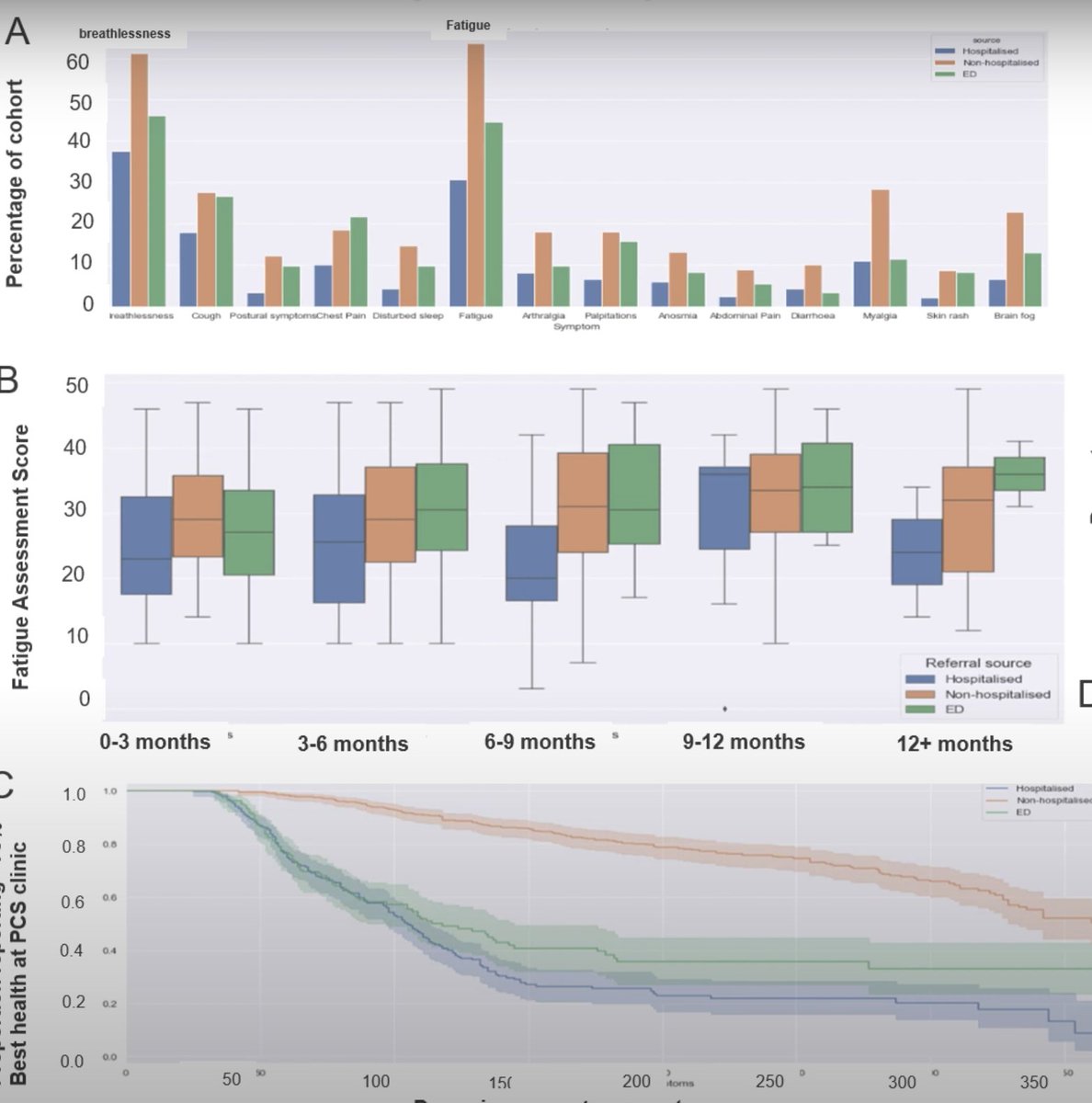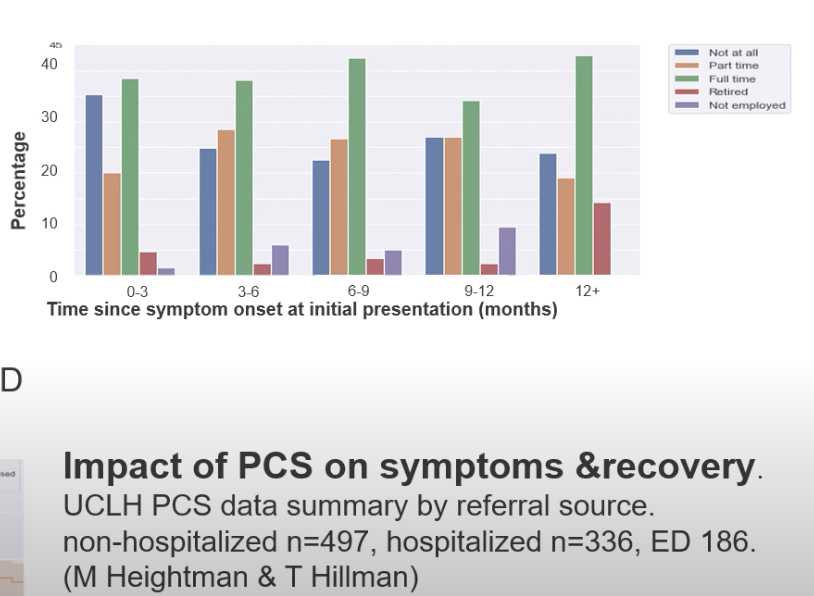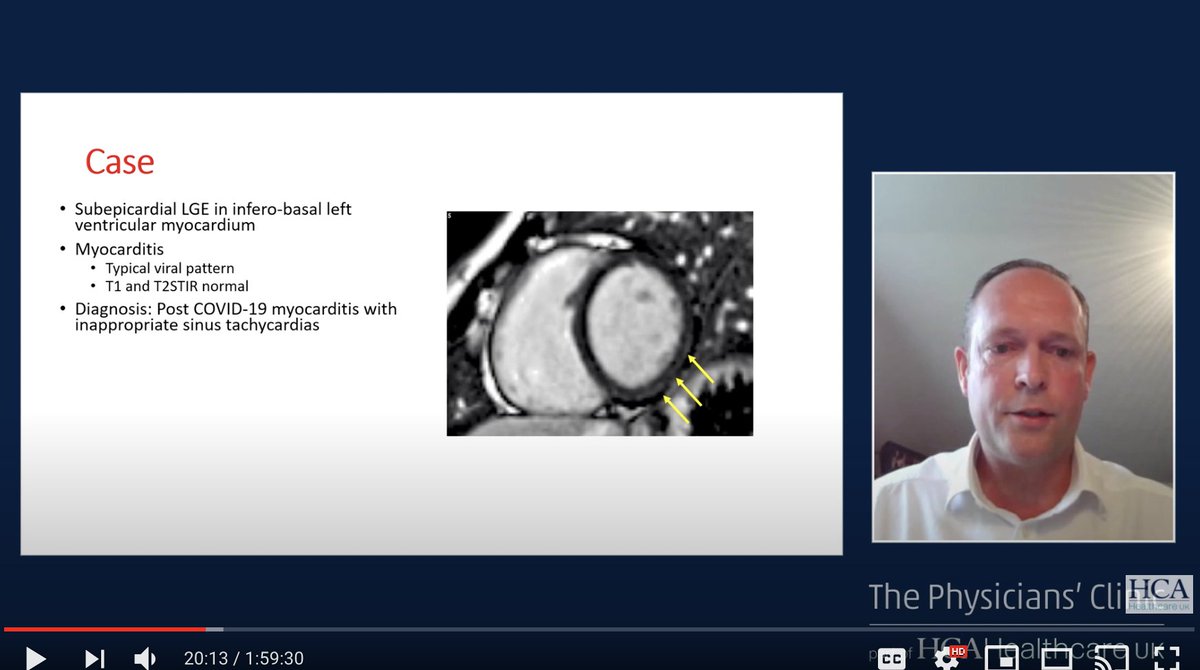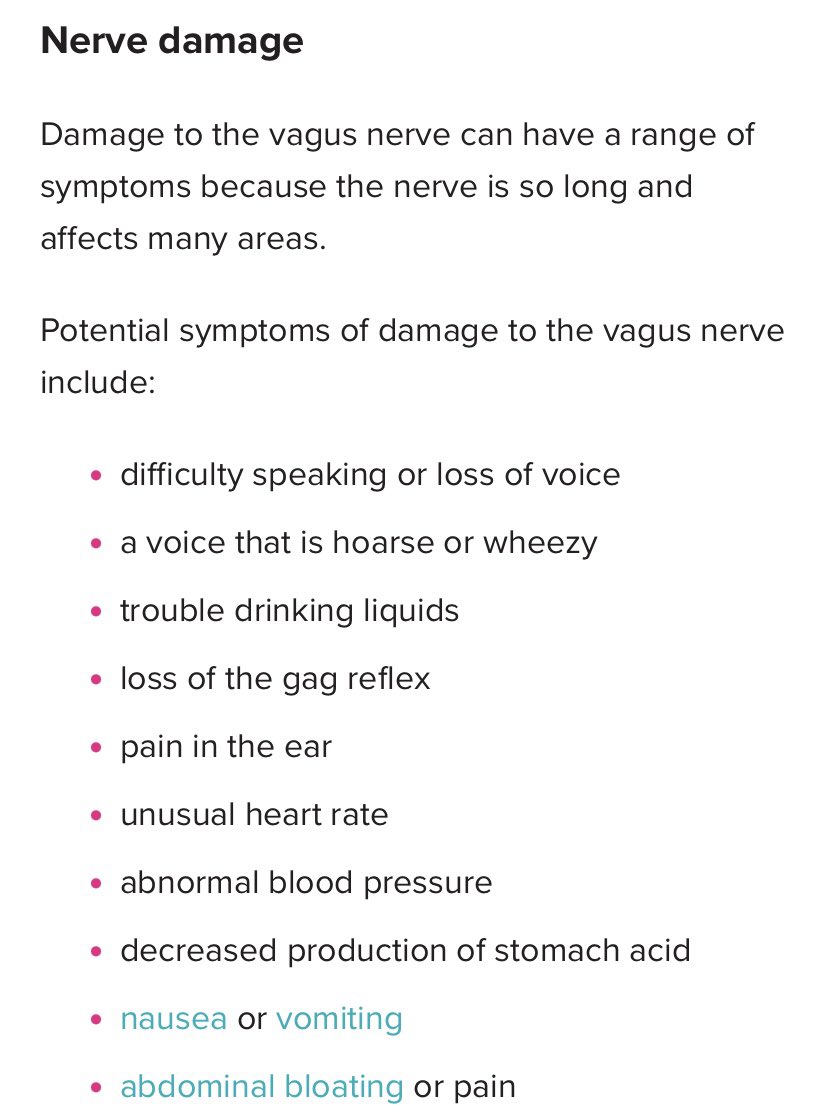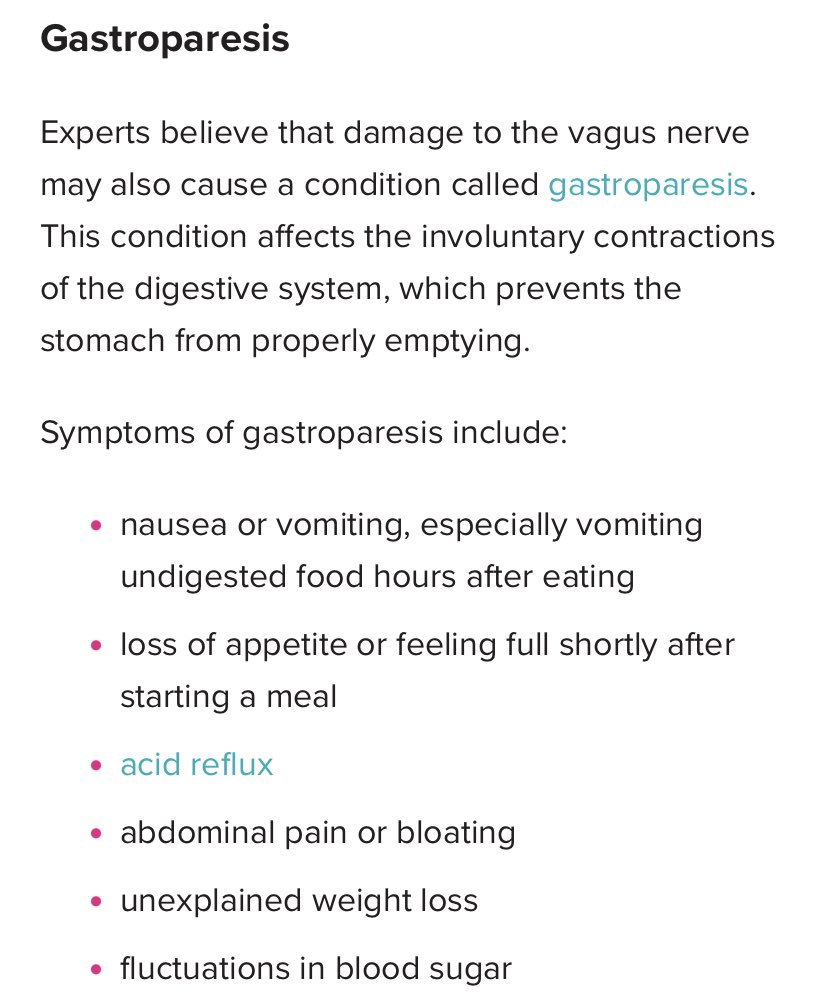
A thread on models for patient involvement in research! #LongCOVID
First up:
This paper on design strategies in citizen science highlights a scale of 5 levels of participation. From lowest to highest involvement (through a patient lens):
osf.io/preprints/soca… 1/
First up:
This paper on design strategies in citizen science highlights a scale of 5 levels of participation. From lowest to highest involvement (through a patient lens):
osf.io/preprints/soca… 1/

A) Contractual: members from the public (patients) ask scientists to conduct study; no direct involvement in the research process, apart from defining the problems & setting research priorities. 2/
B) Contributory: the lowest level of direct involvement consists of contributory projects, where patients assist academic scientists in data collection or processing according to neatly defined protocols (i.e. crowdsourcing).
3/
3/
C) Collaborative: scientists design the projects, but patients are additionally involved in analyzing and interpreting the results.
D) Co-creation: patients can participate in all research steps.
4/
D) Co-creation: patients can participate in all research steps.
4/
E) Collegiate: patients conduct their research independently, which may or may not include credentialed scientists.
The majority of @patientled's projects are in this last category, though some of our outside collaborations are in other categories.
5/
The majority of @patientled's projects are in this last category, though some of our outside collaborations are in other categories.
5/
As more funding for #LongCOVID comes out and organizations approach patient groups for patient involvement, transparency on what level of agency patients have in the research process is vital to avoid tokenization of patients. 6/
A related model is Sarah White’s 1996 work on forms & functions of participation. This one incorporates the motivations of people in charge ("Top-Down" column here, often describing orgs where the people in charge aren't affected by the issues of the population they serve).
7/
7/

She makes 4 categories of participation: Nominal, Instrumental, Representative, & Transformative.
In Nominal participation, orgs want citizens to appear like they have power, for the org's own legitimization (or funding). The result: citizen involvement is just for display.
8/
In Nominal participation, orgs want citizens to appear like they have power, for the org's own legitimization (or funding). The result: citizen involvement is just for display.
8/

On the opposite end, in Transformative participation, organizations & people in charge give up power, decision-making, & funding in service of true empowerment. Action is collective; people in power don't speak for others.
9/
9/
A new paper from @felicitycallard (a must-follow) explores how patient & public involvement (PPI) is often delegated to a specific time and place, rendering PPI "spatially & temporally out of synch with other parts of the research endeavour."
onlinelibrary.wiley.com/doi/full/10.11…
10/
onlinelibrary.wiley.com/doi/full/10.11…
10/
I'll add to this as I learn more. Might be of interest to @GinaAssaf @Know_HG @HelenBurstin @hmkyale @Dr2NisreenAlwan @dunkindona @chiluvs1 @patientled @itsbodypolitic
• • •
Missing some Tweet in this thread? You can try to
force a refresh


